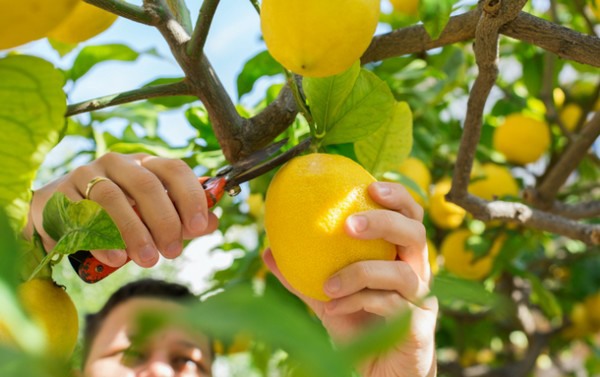The South African citrus industry has expanded significantly in recent years and with certain types of citrus, mainly mandarins and lemons with a young tree age, production is set to increase further in the next 10 years. But this is not the only worrying issue for growers.
Jon Roberts, General Manager of the Citrus Growers Association Cultivar Company (CGACC) recently attended the South African Citrus Summit where the BFAP reported a challenging outlook for the industry.
 © CGACC
© CGACC
“Fruit growers face many challenges: production inflation, the cost of freight, delays at port and load shedding, inflation for consumers, but in the citrus sector we have to target new market access as new plantings come into production. The BFAP estimates that 500 tons will come into production by 2030," said Jon.
The BFAP proposed certain actions at a a Grower, Industry and Governmental level that could improve the short term outlook.
“Growers must send the right size and quality of fruit to the right markets and avoid markets which are already full of fruit. On a governmental level, the situation with the European regulations on FCM needs to be resolved quickly, as do the port delays and load shedding issues.” But Jon Roberts proposes they do not overlook what they can do in the medium term. Some cultivars are not performing in terms of market demand, oversupply, production or post-harvest requirements.
According to Jon in the longer-term growers can change which cultivars they grow to try to get rid of the peaks in production. “It is much easier to graft new varieties on to young trees than older ones. With a young tree a new variety can be in production in a year, older trees can take 2-3 years to turn around. Growers also have to decide weather to plant proven cultivars with less risk but in oversupplied windows or new unproven varieties in windows that have demand but bear the risk which may incur problems with production or post-harvest.
“For example, satsumas demand has been static and losing their popularity against higher quality varieties, so growers could graft new early clementine varieties to supply this window. Star Ruby grapefruit has also been flat lining and a lot of demand for them comes from the older generation, this in itself is a problem as furanocoumarins in grapefruit can react with certain statins which are prescribed for cholesterol and people are cautioned not to have grapefruit at the same time as their meds. There are other new grapefruit hybrids coming through breeding programmes with very little furanocoumarins, also sweeter varieties which will appeal to a younger consumer which may revitalise the market”
CGACC has gone through the quarantine process for importing the plant material of a Sweet Ruby hybrid from Florida and Jon said South Africa should be first to the markets with them.
“If a grower has just planted Star Ruby, they may want to look at switching to this variety. They will have to be marketed differently as it is much sweeter and may fall into the Pomelo Hybrid line. There are several exiting new varieties that have been introduced by other companies that will fall into this category as well."
 For more information:
For more information:
Jon Roberts
CGACC
Tel: +27 82 412 8269
E-mail: [email protected]
www.cgacc.co.za








